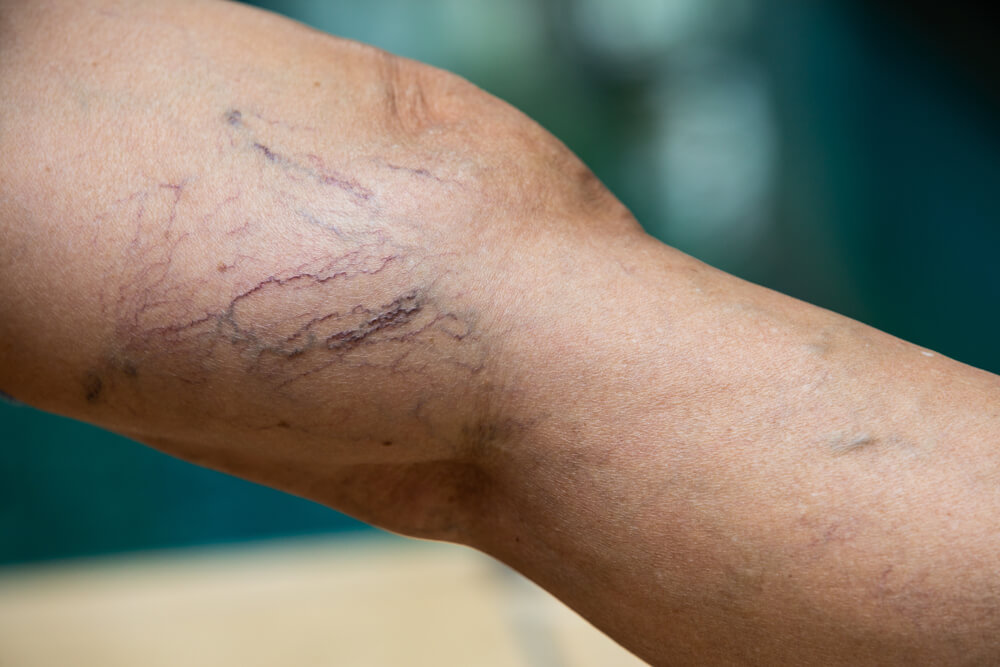
Why do we get spider veins?
Spider veins are smaller than varicose veins. They are usually bright red to purple. They may look like tree branches or spider webs. Spider veins can usually be seen under the skin, but they do not make the skin bulge out like varicose veins do unless a very large nest occurs, and forward protrusion from skin can be slightly felt.
Women are more prone to getting spider veins than men. Most commonly due to changes a women’s body endures during pregnancy. However, many people are at risk to getting them based on their daily activities, such as flight attendants, hair dressers, medical professionals, sales/check out retail workers, and anyone that spends elongated periods of time standing.
When venous pressure in the legs increase, the walls of the veins are stretched. The longer the vein is stretched out, or the more repetitive periods of stretching (multiple pregnancies) the higher chance of permanent spider veins.
Genetics play a major role in the development of spider veins. If your mother or sibling has them, a high probability you will unfortunately acquire them in your life time. Prevention is focused on reducing venous pressure with compression stockings, reduction of long periods of standing with little activity, and weight control.
